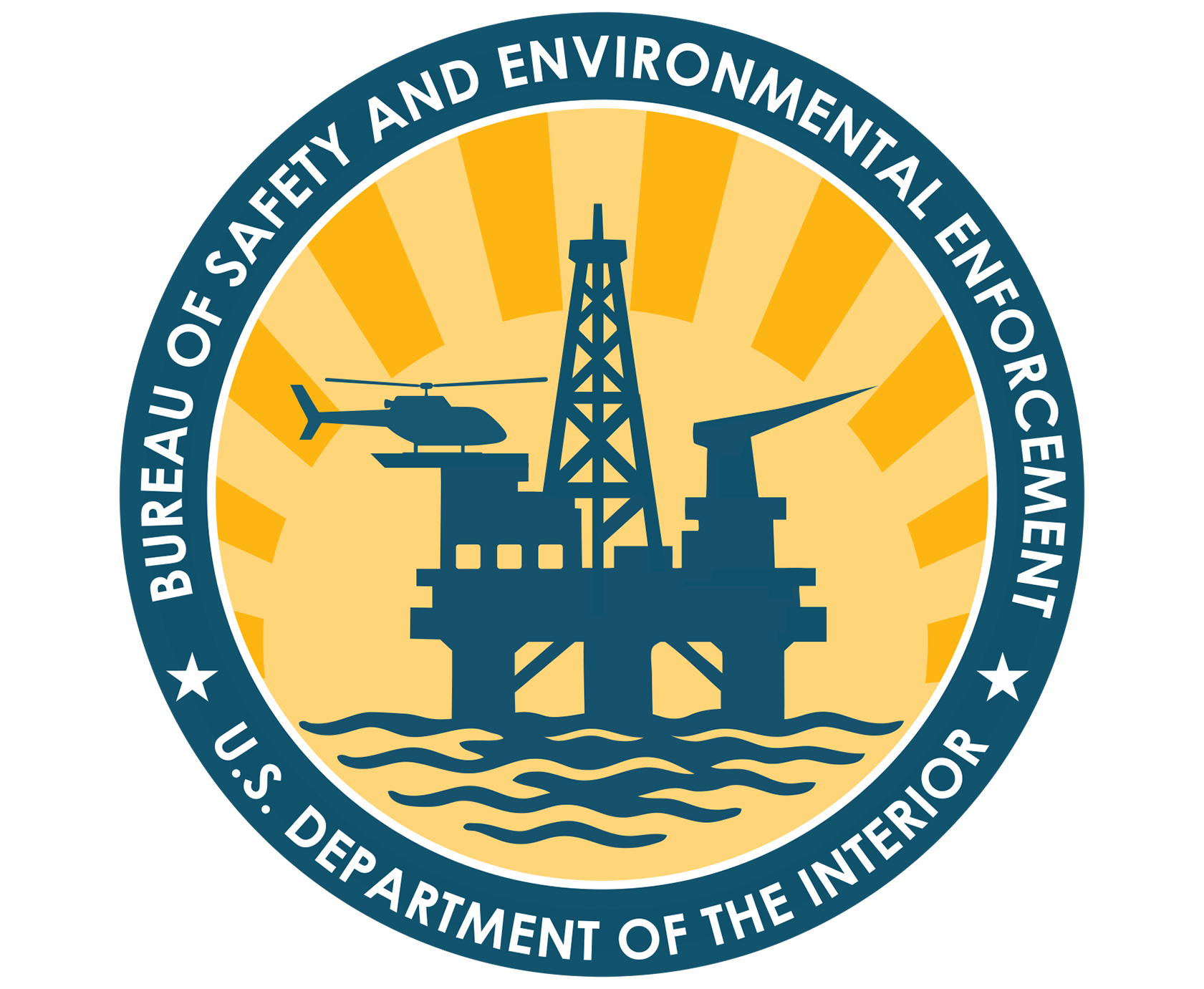North of the Arctic Circle, Inspectors Visit Island Made for Energy Production
By Guy Hayes
November 16, 2016
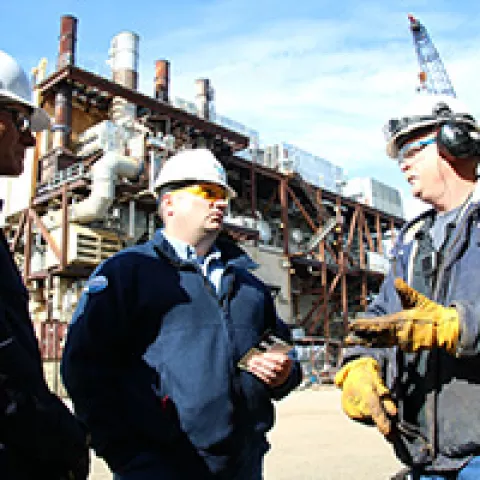
Six miles north of Alaska’s Arctic coast, the 5-acre man-made island juts out from the Beaufort Sea amidst the sprawling Arctic. It is Northstar Island, created almost 20 years ago to develop an oil pool 12,500 feet below the seabed. On this August day, rippling water surrounds the tall cranes and several large buildings that are the island’s most prominent features. Soon, however, snow will blanket the island and the blue waters will change into ice thick enough to support supply trucks. Sunlight will be virtually nonexistent. Even at this time of year, shifts of workers will keep the oil flowing. Their round-the-clock dedication brings 11,000 barrels of oil to the surface every day, over four million barrels a year.
I came to Northstar to take photographs and observe two inspectors who work for my federal agency, the Bureau of Safety and Environmental Enforcement, or BSEE for short (pronounced Bessy). I needed to see an offshore inspection conducted firsthand so that I could properly do my job as a public affairs officer – which means that I serve as the link between BSEE and the public. My area of responsibility includes offshore Alaska and the inspectors I would accompany on this trip were Randy Howell and Michael Jordan.
Howell is a seasoned expert, an industrial specialist in the BSEE Alaska Region office. His involvement with oil and gas began in 1980, but he has been inspecting drilling and production operations in the Pacific and Alaska regions since 1983. This trip will be one of his last inspections: he’s retiring in a few weeks. When you first meet Randy Howell the words that come to mind are, “consummate professional.”

Michael Jordan’s admiration for Randy Howell is immediately apparent. “I’m glad I’ll have the opportunity to inspect Northstar with him again before he retires,” Jordan said. “He’s an extremely knowledgeable professional who takes his job really seriously.” Jordan became a BSEE inspector in 2012, after more than a decade as a law enforcement professional working for the federal government and state of Alaska. He also has extensive oil field experience, having worked on Alaska’s North Slope for three years as a slick line and wire line operator. He’s a jack-of-all-trades and has that “BSEE inspector” combination of background and experience, along with a healthy dose of work ethic.
“Weather plays the biggest part in coordinating a trip to Northstar,” Howell explained, “and that changes day-to-day. We generally make arrangements two weeks before a planned trip, when we have a good indication of transportation availability and weather. We then finalize the week before we go and hope the weather holds. Luckily this trip is in the summer. It won’t be long before you have to factor in the availability of ice roads.”
In the abbreviated summer months and into early fall, generally between July and September, Northstar can be accessed by hovercraft or boat. But even when it’s warm, BSEE inspectors must first fly 850 miles from their office in Anchorage to the small Alaskan outpost of Deadhorse. Then they board a truck and take an hour-long, bumpy ride along a pothole stricken gravel road to the coast.
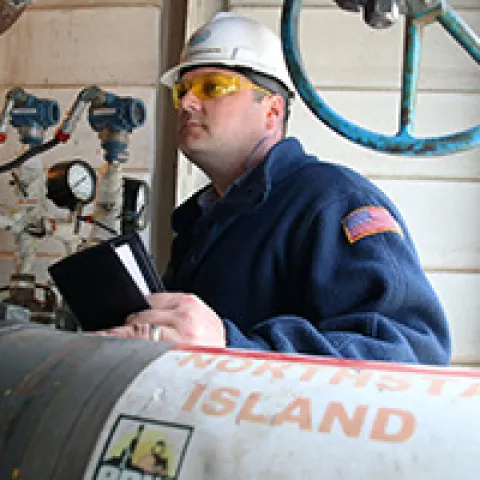
“The weather can change so quickly,” Jordan warned, “even in summer. Just last week it was in the sixties in the morning, and by evening it was in the thirties. With wind and storms we often find ourselves waiting for the weather to break. We always need to have proper gear with us because there are lessons you don’t want to learn in northern Alaska.”
“During the winter, I’ve landed at Deadhorse on an airplane in near-whiteout conditions,” Jordan recounted, “and then drove out on a track vehicle over sea ice to the island with almost no visibility. Temperatures hover around 40 below zero and the wind chill can hit 100 below or more.” Arctic boots, coverall pants, jackets, face shields, goggles, arctic mittens and other survival gear are only part of their protective armor. He and Howell have to be prepared for any contingency and they need to muster the mental fortitude and physical strength to handle extremes.
“Polar Bears are the big concern because they’re a predator always looking for an easy meal,” chuckled Howell. “You’ll see it all up there. Seals, whales, and sea birds are often around the island and along the drive from Prudhoe Bay to the boat launch. Then you’ve got your muskoxen and caribou, and thousands of migratory birds on the North Slope.”
On Northstar Island
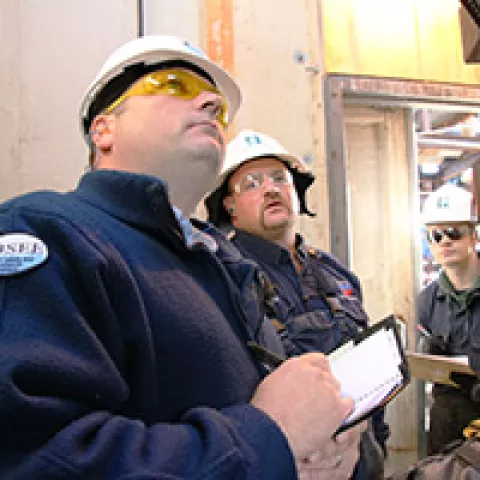
By the time we arrived at Northstar I could attest to the truth of Howell and Jordan’s descriptions, and I could see how arriving in winter would magnify the difficulty. After the brief water journey from the North Slope, we were greeted by the Northstar operations manager and foreman in charge of day-to-day operations. Jordan let me know that there is also a crew of around 25 personnel working on Northstar Island at any given time.
“That number can fluctuate based on current operations,” said Jordan.” “For example, if they have a workover rig that is being used to repair, or modify, an existing well there may be ten additional people.” On Jordan’s last visit there were close to a dozen people conducting diving operations to inspect the armament and structural integrity of the island.
In addition to Northstar personnel, Howell and Jordan are sometimes met by a variety of federal and state workers who are there to inspect operations alongside BSEE. “The EPA and state of Alaska regulators visit Northstar Island on a regular basis to enforce standards and ensure operations are conducted according to regulations,” said Howell. “In fact, when we schedule a visit, we coordinate closely with the state of Alaska to collaborate on inspection cycles.”

The Northstar development area spans the boundary between state of Alaska and federal waters and is subject to both state and federal safety and environmental regulations. “The federal percentage of Northstar production is allocated at 17.84 percent, so most of the royalties go to the state” said Jordan.
The surrounding waters are very shallow, and seals can be seen on a regular basis. So common, in fact, that Jordan said the original name of the site was Seal Island. In the Arctic Ocean, however, seals draw predators. At Northstar every seal is nothing more than a tempting meal to a means a polar bear may be nearby.
“Polar bears can be a real threat to worker safety on the island,” said Jordan, “so Northstar has engineered fencing and physical barriers to try and keep them out. They have thermal imagery cameras that can alert staff to the presence of bears and they take other measures to protect workers from bear encounters.”
“If a polar bear is on or near the island,” joined Howell, “they take measures to protect personnel and the polar bear simultaneously. They hold pre-job safety meetings to ensure people know what to do if they see a bear. Flashing lights and PA announcements are also used. It’s a pretty comprehensive effort.”
Inspections
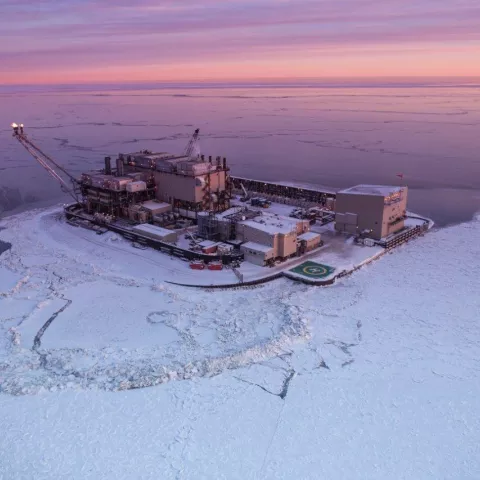
BSEE inspections at Northstar are by the book and follow a standard procedure every time.
“Once we get to the island, Northstar gives us a briefing of current operations, as well as a safety and orientation meeting,” Jordan said. “Our team then meets with their staff from a variety of areas such as safety, logistics, and regulatory compliance.”
After meeting with Northstar Island leadership to discuss the inspection overview, BSEE inspectors gear-up and conduct a variety of inspections.
“Our inspections include reviewing their metering, site security, flaring and venting procedures, environmental compliance, safety systems, and related operations of all six production wells operating in federal waters,” commented Howell. “We also review maintenance records, work processes, and procedures for operating equipment.”
Federal regulations requires a minimum of two scheduled visits a year, but BSEE inspectors will also make site visits for activities that require oversight--such as well workover inspections, meter provings or anything outside of normal operations. “So far this fiscal year we've had four on-site inspections related to metering, flaring and venting, site security, safety valve tests, and three wells with Applications for Permits to Modify for well workovers,” said Jordan.

Inspectors also conduct pollution and environmental inspections every visit and routine administrative inspections off-site throughout the year. Inspections can be done in one day, or multiple days, depending on the type of inspections.
“With all the operations and visitors at Northstar Island, we’re often required to travel back-and-forth from Prudhoe each day. So once we’re able to get on the island we make sure we stay focused and look at everything we can as efficiently as we can,” said Howell. “When we arrive, we like to get right to work, so we can get the job done properly and in a timely manner.”
BSEE inspectors conclude each inspection by providing an outbrief with the Northstar Island leadership. This briefing includes a full review of each area inspected and feedback for the operator.
“I want to do a good job when I go out there because I know I have a responsibility to make sure operations are safe and environmentally responsible,” said Jordan. “I take my job seriously, and know I have to be vigilant to be effective. I don’t want to miss anything.”
Howell agreed and added, “I always try to make contact with everyone onsite, so the workers are comfortable with BSEE. We spend a lot of time fostering working relationships with the workers, in hopes that if there are issues, we have open lines of communication. The workers know they operate in a dangerous industry, and I like to think they know that we are there to protect them.”
Making Sure Everything Goes Smoothly
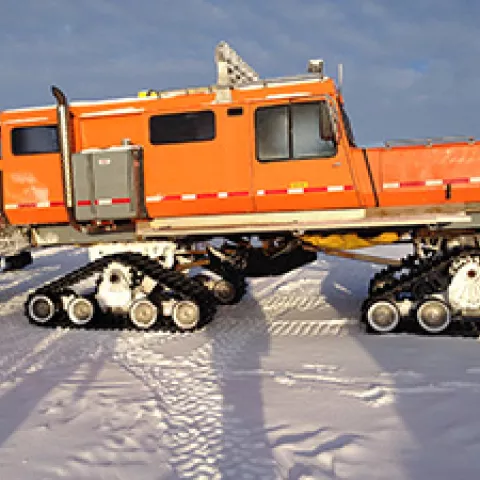
Northstar is located in a unique and challenging environment, but inspectors, like Jordan and Howell, work every day to ensure the safe and responsible production of domestic energy resources in Alaska’s Arctic. When asked why they are willing to work in such a difficult environment, they both respond that it is because they believe in BSEE’s mission. Howell then added, “Somebody needs to do it.” He continued in a more sober tone, saying, “Well, the truth is that I chose this line of work because I believed I’d be useful, believed I could do some good, keep some people safe. I’m no pushover, I wanted to make sure operations were being held to the highest standard, and that’s what I’ve done. I’m proud of that. I’m also an Alaskan who loves the outdoors and I want to make sure we are holding operators accountable to make sure this pristine landscape is here for future generations.”
Jordan started slightly differently: “We represent the people of the United States, and have an oath to uphold when we inspect operations at any facility, including Northstar.” After a short pause, he continued, “And I care about the environment and the safety of every worker. I believe in making sure things are done the right way.”
Most American’s have never heard of Northstar Island. Very few will ever set foot on it. Knowing that no news is good news, Howell and Jordan said they hope it stays that way. “Those guys just have a job to do, and families to feed,” Howell said, “and we just need to make sure they are working in a safe place where the environment is being respected.”
“That’s all there is to it,” said Jordan. “We’re there to make sure everything goes smoothly and everyone gets home when their shifts are finished.”
